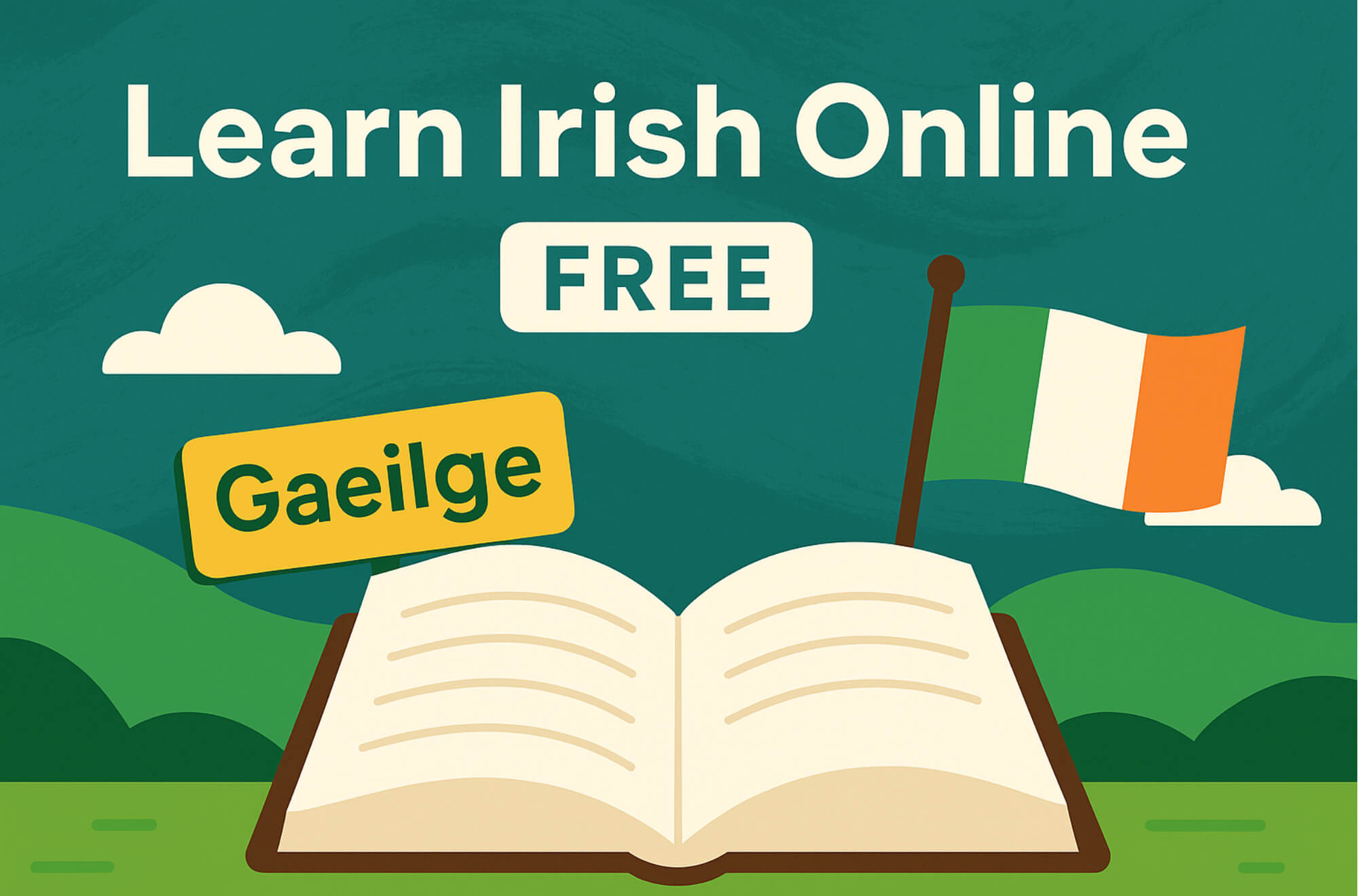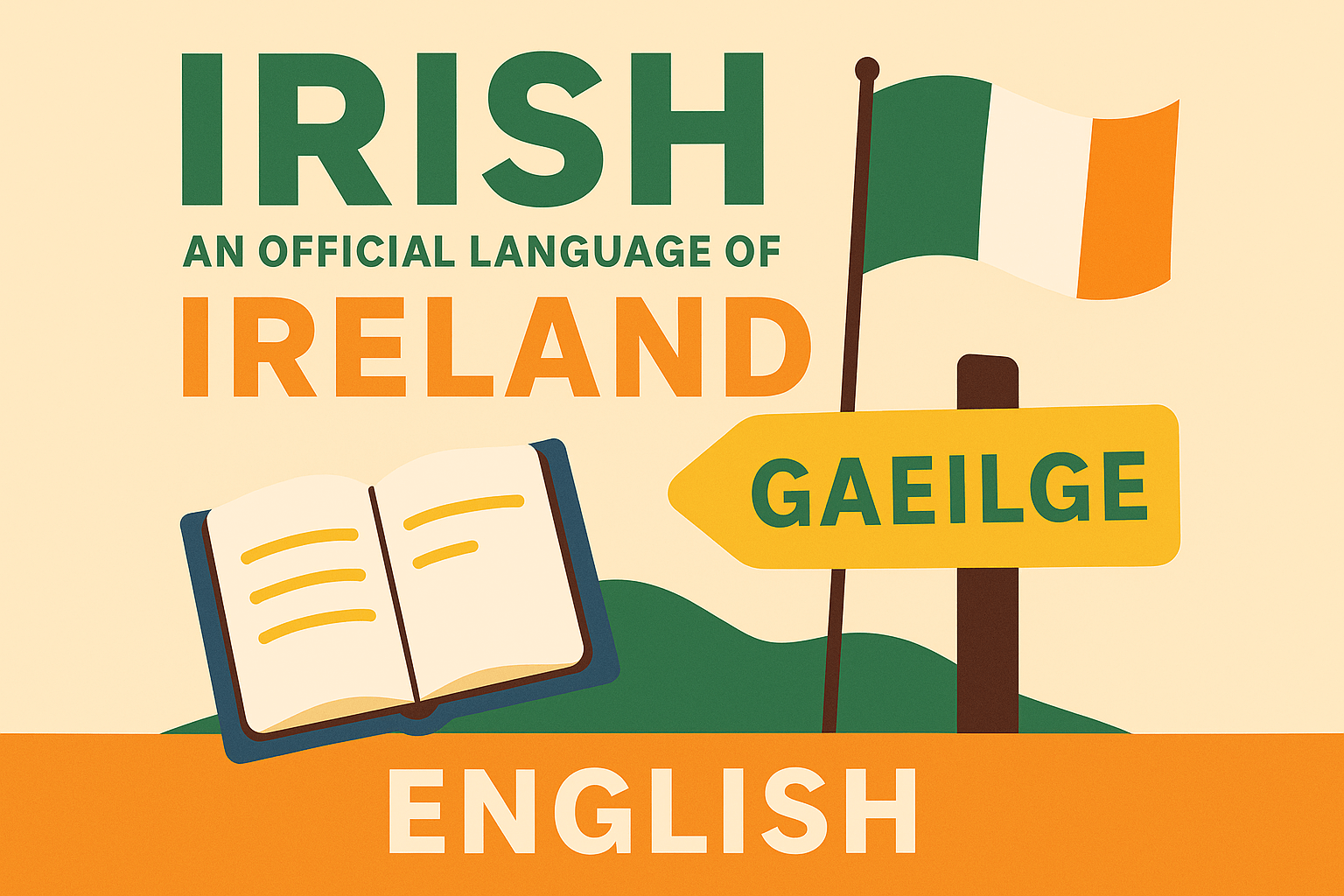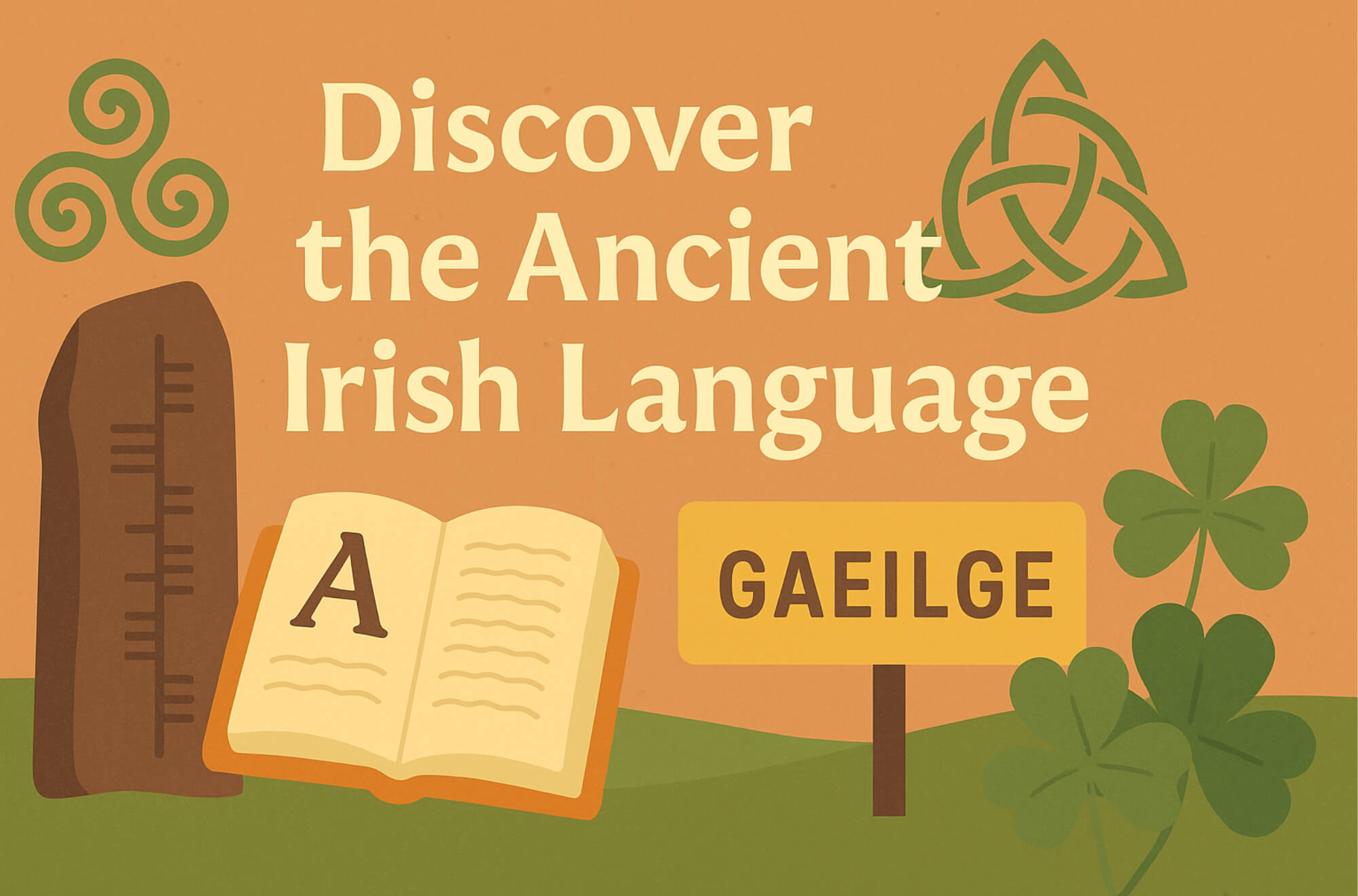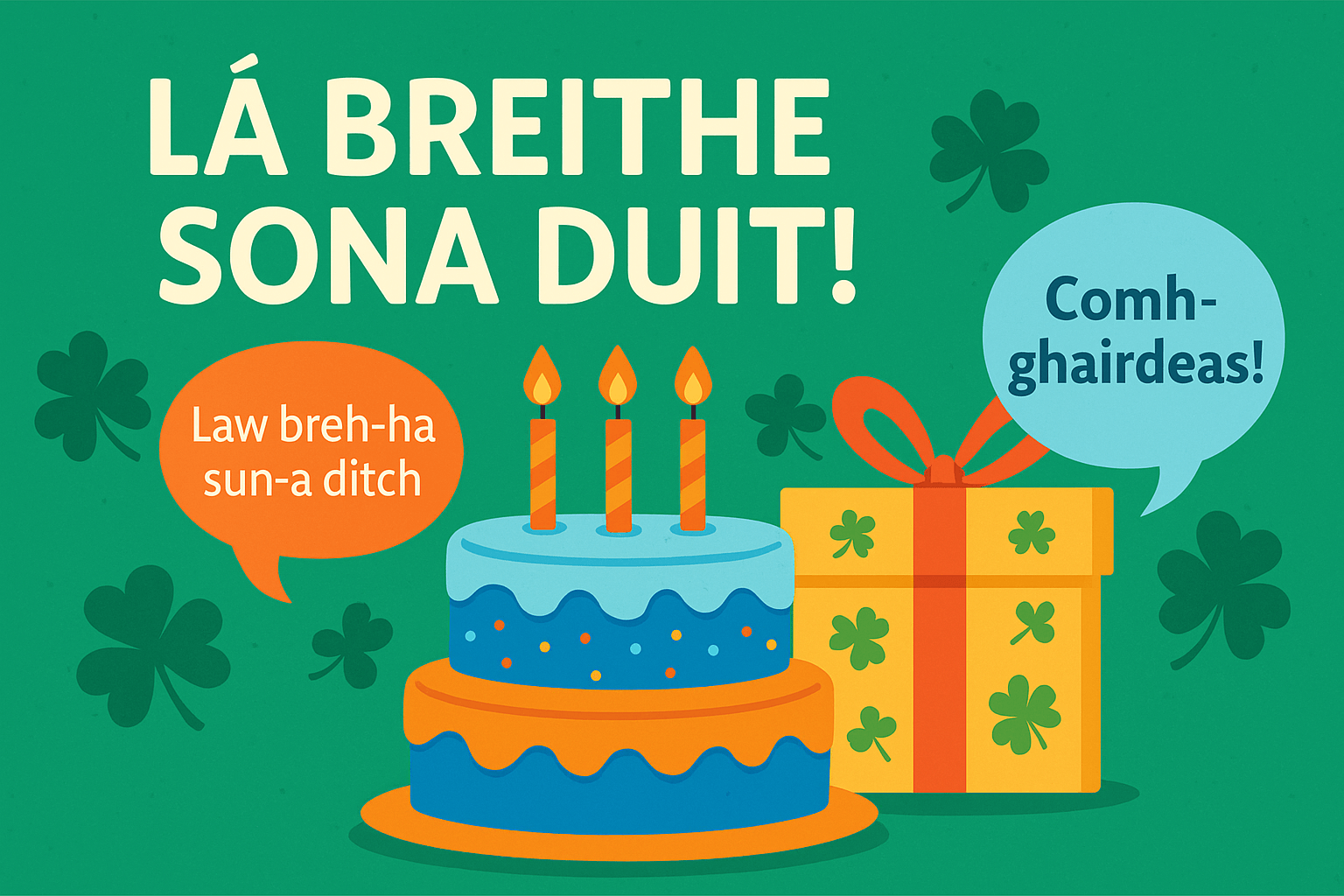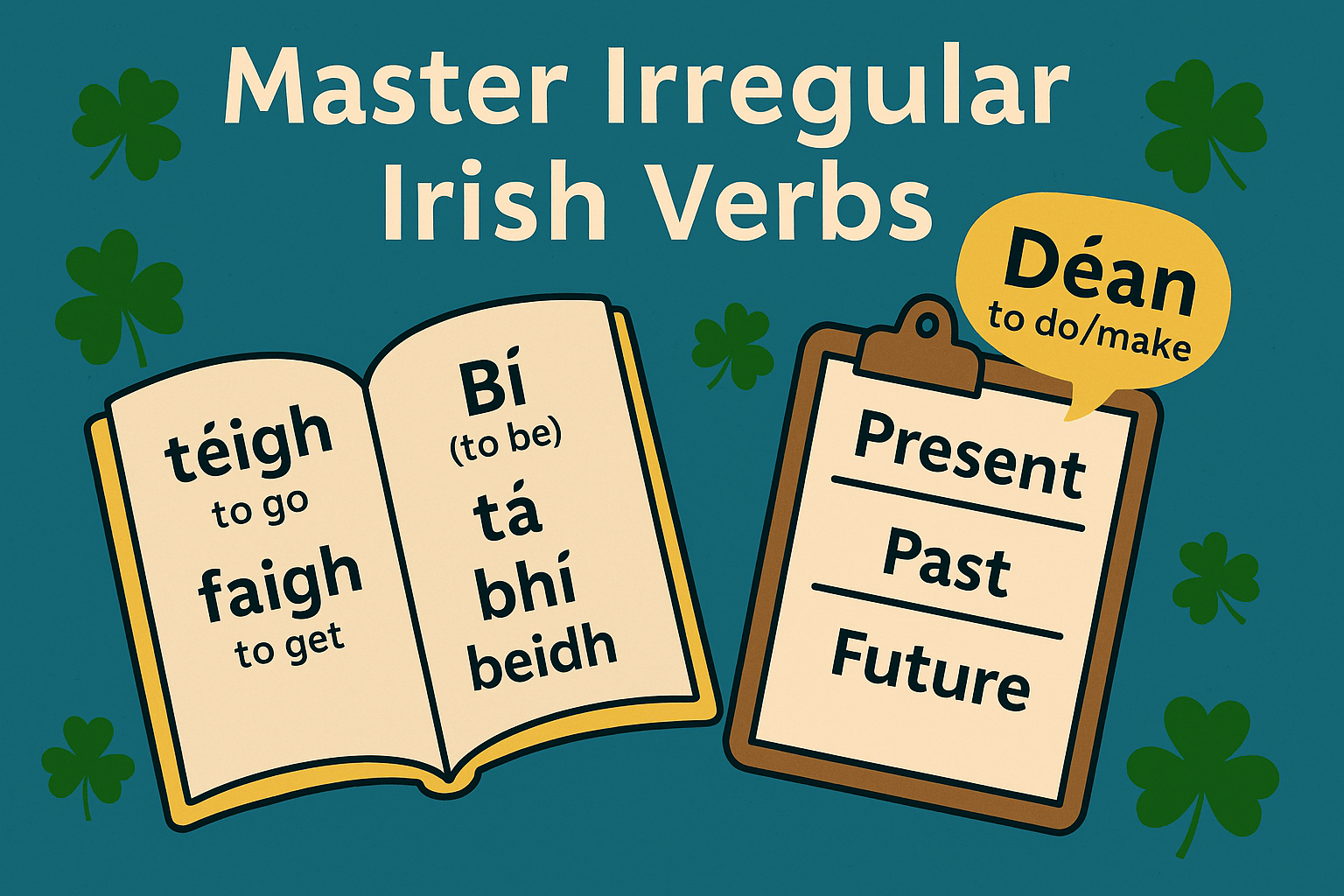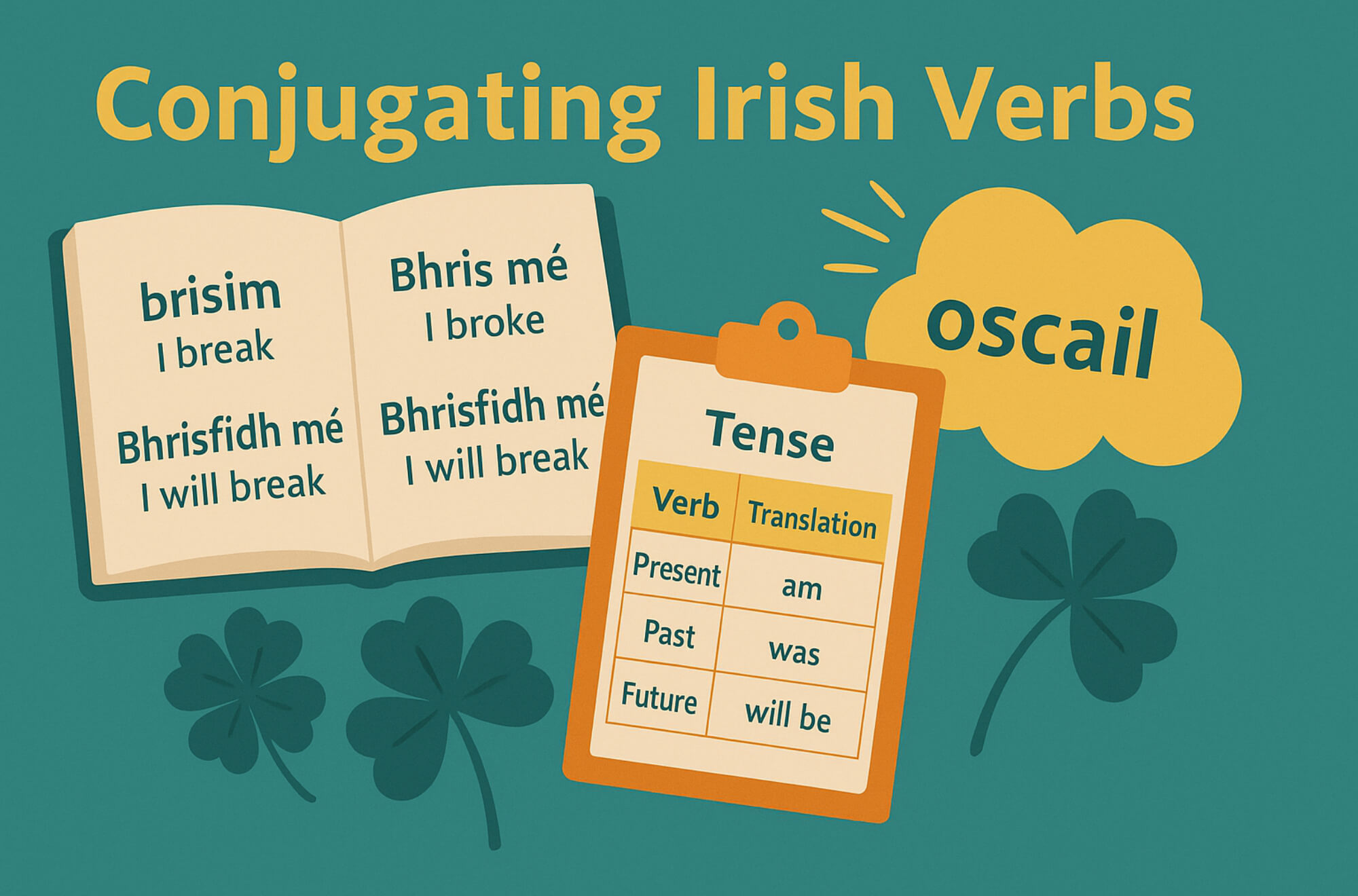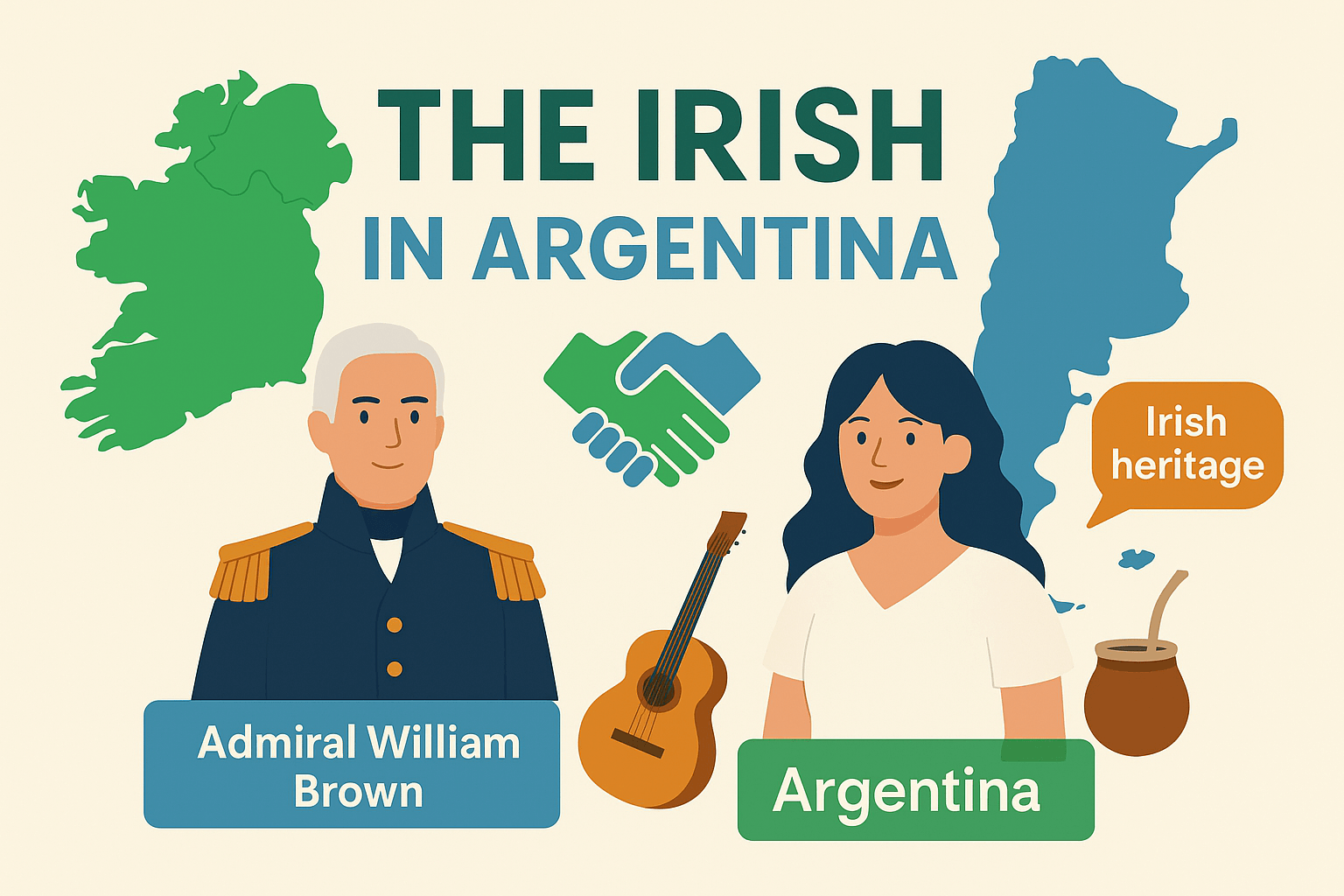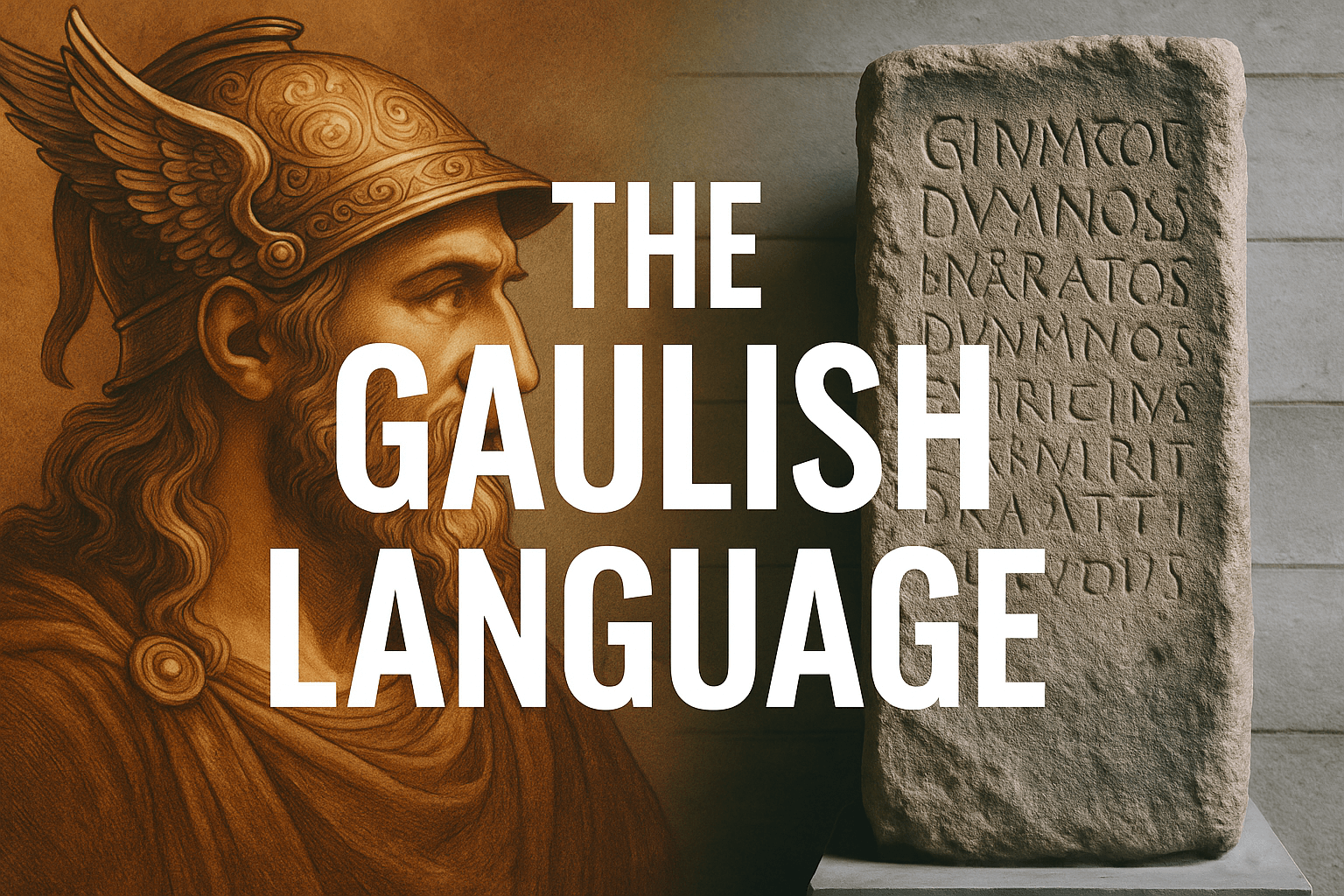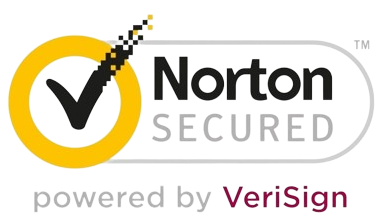Is Irish a dying language? This is a question often asked when discussing the state of the Irish language today. With historical roots stretching back thousands of years, Irish Gaelic (or Gaeilge) has long been an integral part of Ireland’s identity and culture. However, over time, its usage has declined, leading many to believe that it may be on the brink of extinction. Understanding the status of Irish today is crucial for anyone interested in preserving this beautiful language. In this post, we will explore the history, challenges, and efforts being made to ensure Irish does not fade away.
A Brief History of the Irish Language
The Irish language, or Gaeilge, is one of the oldest languages in Europe. It is a member of the Celtic language family, with origins that can be traced back to the early Bronze Age. For centuries, Irish Gaelic was the dominant language of the Irish people, not only spoken in everyday life but also used in literature, law, and culture.
However, various historical events have shaped the decline of the Irish language. The English colonization of Ireland in the 16th and 17th centuries led to the widespread suppression of Irish. The imposition of English as the official language in government, law, and education severely impacted the use of Irish, and by the 19th century, English had become the dominant language of Ireland. The Great Famine in the mid-1800s, which decimated the Irish population, further accelerated the decline of Irish as many native speakers died or emigrated.
Despite these challenges, Irish has never fully disappeared. There have always been pockets of the population, especially in the Gaeltacht regions, where Irish continued to be spoken. However, the question of whether Irish is a dying language persists.
Current Status and Usage of Irish Today
As of today, Irish is recognized as the first official language of Ireland, yet its usage is limited. According to the 2016 Irish Census, approximately 1.7 million people in Ireland claim to have some knowledge of the Irish language, but only about 73,000 people speak it on a daily basis outside of the educational context. This shows that while a significant number of people understand the language, the number of active speakers remains relatively low.
The Gaeltacht regions, which are primarily located in rural parts of Ireland, are the heart of the Irish-speaking community. These areas maintain a rich tradition of Irish Gaelic, with many people still speaking the language fluently in their homes and communities. However, even in these areas, the language faces challenges. English has become more pervasive, and younger generations are increasingly choosing to speak English in their daily lives.
In comparison with other Celtic languages, Irish is more widely recognized, but it still faces similar struggles. For instance, Scottish Gaelic, another Celtic language, has even fewer speakers and faces an even steeper decline.
Decline or Revival? Factors at Play
The question of whether Irish is a dying language is complex. On one hand, the language has undeniably faced a significant decline in usage over the centuries. The social and political influences of the British Empire, combined with modern globalization, have made it difficult for Irish to compete with English. Additionally, there are challenges in education and media, where Irish is often treated as a subject to be learned rather than a living, breathing language.
On the other hand, there are many signs that Irish is far from dead. The rise of interest in language preservation and cultural identity, particularly among younger generations, has led to a revival of interest in Irish. The increasing number of resources available to help people learn Irish, including online platforms, apps, and even social media, is proof that the language is far from being relegated to history books.
Learning and Preserving Irish in the Modern Age
One of the most powerful tools in revitalizing the Irish language is the accessibility of learning resources. With the advent of technology, learning Irish has never been easier. There are now a wide variety of online Irish language courses and resources available for free or at low cost, making it more accessible than ever before.
Platforms like Gaeilgeoir AI provide innovative AI-powered tools and lessons to help learners practice and master the Irish language. Whether you are a beginner or someone looking to improve your skills, there are numerous resources, such as interactive flashcards, pronunciation guides, and grammar lessons, to help you on your journey.
Using technology to learn Irish has opened up a world of possibilities for both native and non-native speakers. With podcasts, YouTube channels, and online communities dedicated to learning Irish, you can immerse yourself in the language without leaving your home.
If you’re interested in starting your Irish language journey, be sure to check out our guide to learning Irish online to get started today.
Challenges to the Survival of Irish
Despite these advancements in language learning resources, the survival of Irish still faces significant challenges. One of the primary obstacles is the limited daily use of Irish outside of educational contexts. While students in schools are taught Irish as part of the curriculum, it is often seen as a subject rather than a means of communication. As a result, many Irish speakers revert to English once outside the classroom, which limits the opportunity for practical application of the language.
Another challenge is the overwhelming influence of English-language media and culture. With the rise of globalized media and the dominance of English in popular culture, the demand for Irish-language content is relatively low. While efforts have been made to produce Irish-language films, television shows, and music, these are still limited in comparison to the vast amounts of English-language content.
Efforts Supporting the Revival and Growth of Irish
While the challenges are significant, there are many efforts underway to support the growth and revival of Irish. One of the most important initiatives is the emphasis on learning and using Irish in educational settings. Formal lessons, especially in Gaeltacht regions, continue to play a key role in sustaining fluency in the language.
In addition to formal education, there is also a growing network of tutors and language communities that help learners at all levels. Platforms like Gaeilgeoir AI offer personalized language learning tools and access to certified Irish tutors, helping learners practice and deepen their understanding of the language.
The growing presence of Irish-language podcasts, blogs, and social media pages is also a sign of the increasing interest in the language. These platforms offer listeners a chance to immerse themselves in Irish culture, hear authentic conversations, and learn about Irish traditions.
Engaging with the Language: Practical Tips
If you’re looking to start learning Irish, there are several practical steps you can take to get started. Here are a few tips to help you engage with the language:
- Learn the Basics: Start with greetings and simple phrases. A basic Irish conversation guide is a great way to begin.
- Practice Regularly: Consistency is key when learning a new language. Try to practice speaking or listening to Irish every day, even if it’s just for a few minutes.
- Use Technology: Take advantage of online resources and apps to practice Irish. Gaeilgeoir AI offers a variety of tools to help you learn at your own pace.
- Join a Community: Find a group of fellow learners, whether online or in person, to practice with. Immersing yourself in the language through conversation is one of the best ways to improve.
Exploring Cultural Richness Beyond Language: Seanfhocail and Ogham Script
Learning Irish is not just about mastering words and grammar—it’s also about connecting to the rich cultural heritage of Ireland. One way to do this is by exploring seanfhocail (Irish proverbs), which offer wisdom passed down through generations. These proverbs are a unique way to understand the mindset and values of the Irish people.
In addition to proverbs, the Ogham script is another fascinating element of Irish heritage. It is the ancient alphabet used by the Celts and is often studied by those interested in Irish culture and history.
Conclusion
Is Irish a dying language? While the language faces many challenges, there is still hope for its revival. With modern technology, dedicated learners, and cultural pride, the future of the Irish language is far from bleak. Whether you’re a beginner or someone looking to brush up on your skills, there are more resources than ever before to help you learn and preserve this unique part of Ireland’s identity.
So, don’t wait any longer—join the growing movement to revive the Irish language today! Sign up for a free trial of Gaeilgeoir AI and start your journey toward becoming a part of Ireland’s linguistic future.

